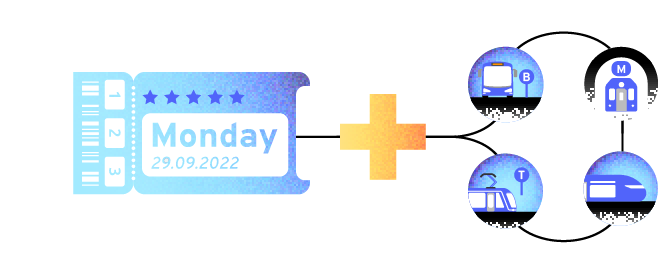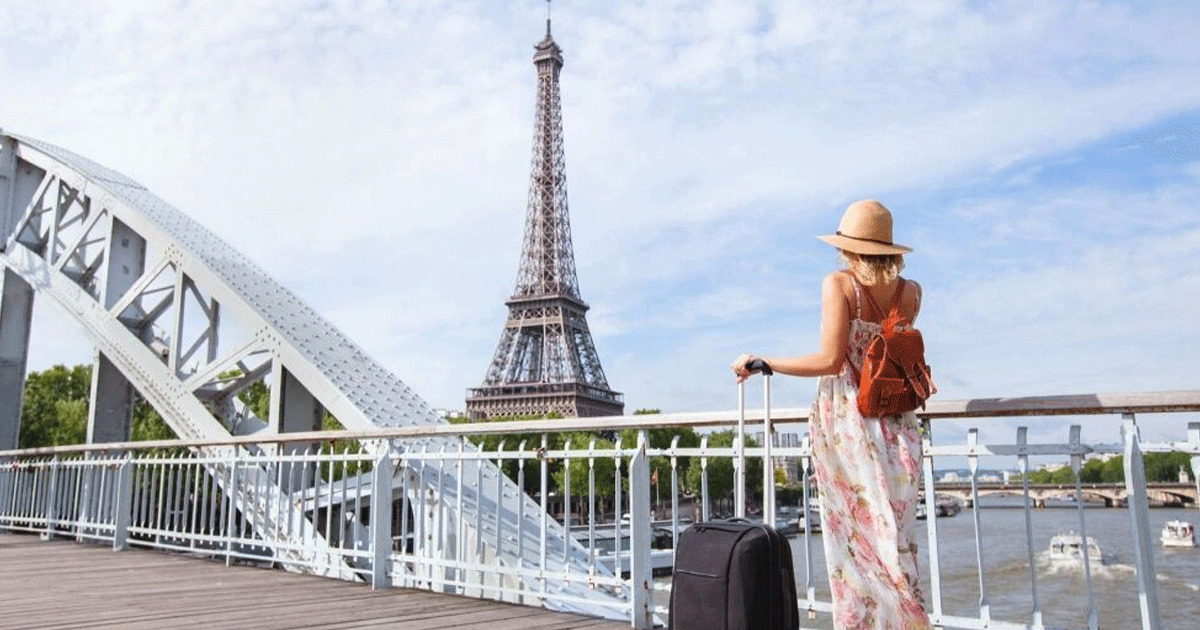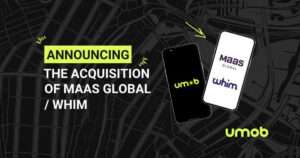Travel agencies, OTA, TMC, tour operators, airports, airlines,… In the age of digital and intermodality, the new challenge for these different players is to offer their travellers a seamless experience. Whether before, during or after their stay, travellers are always looking for transportation: to go to the airport or train station, to get to their hotel, to go to a restaurant, etc… In order to make the most of their experience while preserving their margins, tourism professionals are constantly seeking to enrich their offer. A common practice in the tourism industry, additional sales now seek to fill the first and last kilometres. From the combined sale of bus and air tickets with Air France to the association of IATA and UIC for the development of air-rail ticketing, let’s discover how MaaS can revolutionize the passenger experience.

Ever-changing travel habits
Regardless of the destination, locally, regionally and globally, the traveller is always looking for information on his or her next itinerary. Indeed, as reported by the third survey conducted by the Automobile Club Association (ACA) and 9 Automobile Clubs, “74.9% of Europeans use mostly map-type applications in a foreign city”. But not only that. Indeed, public transport applications are used by 27.2% and parking applications by 20.7%.
In fact, more than 57% of Europeans have one or two mobility applications on their phones. Apps such as Citymapper, Google Maps, Apple Maps, Mappy, Waze. Used at least once a week by nearly a third of the population, these applications are an integral part of the stay. Saving time, accessibility, as a true explorer, the traveller no longer imposes any limits on himself. Public transport, train, coach, taxi, VTC, bicycle, scooters, car-sharing, car-pooling, etc… the traveller can get information and travel differently.
MaaS, beyond daily mobility
As mentioned in the second list of the Bertolami Group’s deconfined bus & coach proposals, “until now the MaaS have focused on daily mobility.” However, it would be interesting to broaden their scope in the tourism industry. Indeed, a real time-saver, MaaS has the particularity of offering travellers the possibility to access a wide choice of transport operators, both public and private. And all this via a single platform, at their fingertips. No more geographical constraints or language barriers! No more need to download the public transport application. Or to create an account on the city’s bike sharing application! The traveller can actually plan, book and pay for any journey, from start to finish. And this, in any city in the world.

In addition to this, various ancillary services such as the level of attendance and use of public transport, which is very useful considering the end of the lockdown. Or digital ticketing. Indeed, more and more players are specialising in this field. Their mission: enable users to validate their tickets directly from their application. Services that are increasingly popular with travellers. Indeed, according to Enov, “97% of users of mobility/travel applications would be tempted by a single app grouping all these services”.
Even further : Augmented passenger information…
Although already revolutionising tomorrow’s mobility enormously, MaaS is not the only matter to focus on. In order to offer the best travel experience possible, it would be appropriate to enrich these mobility applications with tourism content. Guided tours, tourist or leisure sites, events, hotels, etc … Imagine for a moment, being on holiday, looking for an activity. From your MaaS application, you will be able to book, but also to pay your bus ticket, a taxi, etc…

Just like the integration of experiences on Airbnb since 2017, more and more tourism players are diversifying their offers. Additional services are being added to increase their average basket, their margins, but also to strengthen their brand image. Potentially real benefits, but which will only materialise if this is done within the framework of a real strategic approach shared by all tourism professionals.



